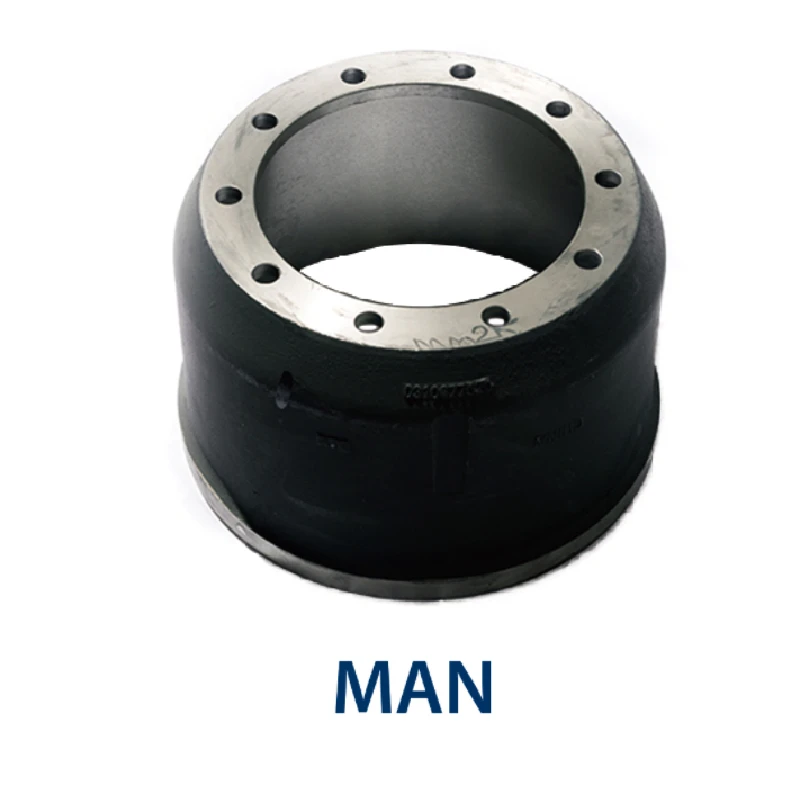Nov . 29, 2024 18:14 Back to list
Understanding the Role of Brake Drums and Wheel Cylinders in Vehicle Safety Systems
The Brake Drum and Wheel Cylinder Essential Components of Vehicle Safety
The brake system of a vehicle is one of its most critical safety features. Among the myriad components that work together to bring a vehicle to a halt, the brake drum and wheel cylinder play pivotal roles. Understanding these components, their functions, and their importance can help vehicle owners appreciate the engineering that goes into ensuring safe and efficient braking.
What are Brake Drums?
Brake drums are cylindrical components that form part of a drum braking system. Typically made of cast iron or a similar durable material, these drums are connected to the wheels of the vehicle. When the vehicle is in motion, the inside of the brake drum has a series of friction surfaces designed to work with brake shoes, which are lined with a high-friction material. When the driver presses the brake pedal, hydraulic pressure is exerted, pushing the brake shoes outward against the inner surface of the drum. This friction slows the rotation of the wheel, ultimately bringing the vehicle to a stop.
Brake drums come in various sizes and designs, tailored to the specifications of the vehicle. They are often found on older vehicles or in the rear wheels of modern cars, especially those with a more budget-conscious design. Despite advancements in brake technology, brake drums remain popular due to their effectiveness, simplicity, and cost-effectiveness.
The Wheel Cylinder Explained
The wheel cylinder is a hydraulic component located within the braking system, specifically in drum brake assemblies. Its primary function is to convert hydraulic pressure into mechanical force. When the driver applies the brakes, fluid from the master cylinder is sent through brake lines to the wheel cylinder. Inside the wheel cylinder, there are two pistons contained within a cylindrical housing. As the brake fluid fills the cylinder, it causes these pistons to move outward, forcing the brake shoes against the brake drum.
brake drum wheel cylinder

The efficiency of the wheel cylinder is crucial for the overall braking performance of the vehicle. A malfunctioning wheel cylinder can lead to uneven braking, reduced stopping power, or total brake failure, making it an essential focus for regular vehicle maintenance.
Importance of Proper Functioning
Both the brake drum and wheel cylinder must function properly to ensure vehicle safety. Any wear and tear on these components can lead to a multitude of issues. For instance, if the brake drum becomes warped due to excessive heat or wear, it can cause vibrations while braking, leading to a less controlled stop. Similarly, if the wheel cylinder leaks brake fluid, it can reduce the hydraulic pressure needed to activate the brake shoes, significantly impairing braking performance.
Regular inspection of these components is vital. Mechanics often check for signs of wear, such as surface cracks on the brake drums or signs of leaking fluid from the wheel cylinders. Replacing worn or damaged parts can prevent accidents and costly repairs down the line.
Conclusion
In summary, the brake drum and wheel cylinder are indispensable components of the drum brake system. They work in tandem to ensure that vehicles can slow down or stop safely and effectively. As vehicles continue to improve technologically, it’s easy to overlook the importance of these traditional components. However, understanding their function and maintaining them is crucial for every vehicle owner.
Automotive safety begins with awareness. Ensure that your vehicle's brake system is regularly maintained, paying attention to the brake drums and wheel cylinders. In doing so, you'll not only prolong the life of your vehicle's braking system but also ensure the safety of all who travel with you. The importance of these components cannot be overstated, as they play a fundamental role in the performance and safety of your vehicle on the road.
-
HINO Industrial Solutions - ¡Ң���ຽ��е��������˾ | Advanced Technology&Reliability
NewsJul.13,2025
-
HINO Industrial Efficiency-Jiangsu Hino Industrial|Productivity Optimization&Cost Reduction
NewsJul.12,2025
-
HINO-¡Ң���ຽ��е��������˾|Advanced Industrial Solutions&Energy Efficiency
NewsJul.12,2025
-
Premium Brake Drum Iveco – Durable Drum Brake Drum & Brake Shoe Solutions
NewsJul.08,2025
-
High-Performance Brake Drum Liza for Enhanced Safety Reliable Drum Brake Drum & Brake Shoe Solutions
NewsJul.08,2025
-
High-Quality Brake Drum MAZ – Durable Drum Brake Drum & Brake Drum and Brake Shoe for Optimal Performance
NewsJul.07,2025
